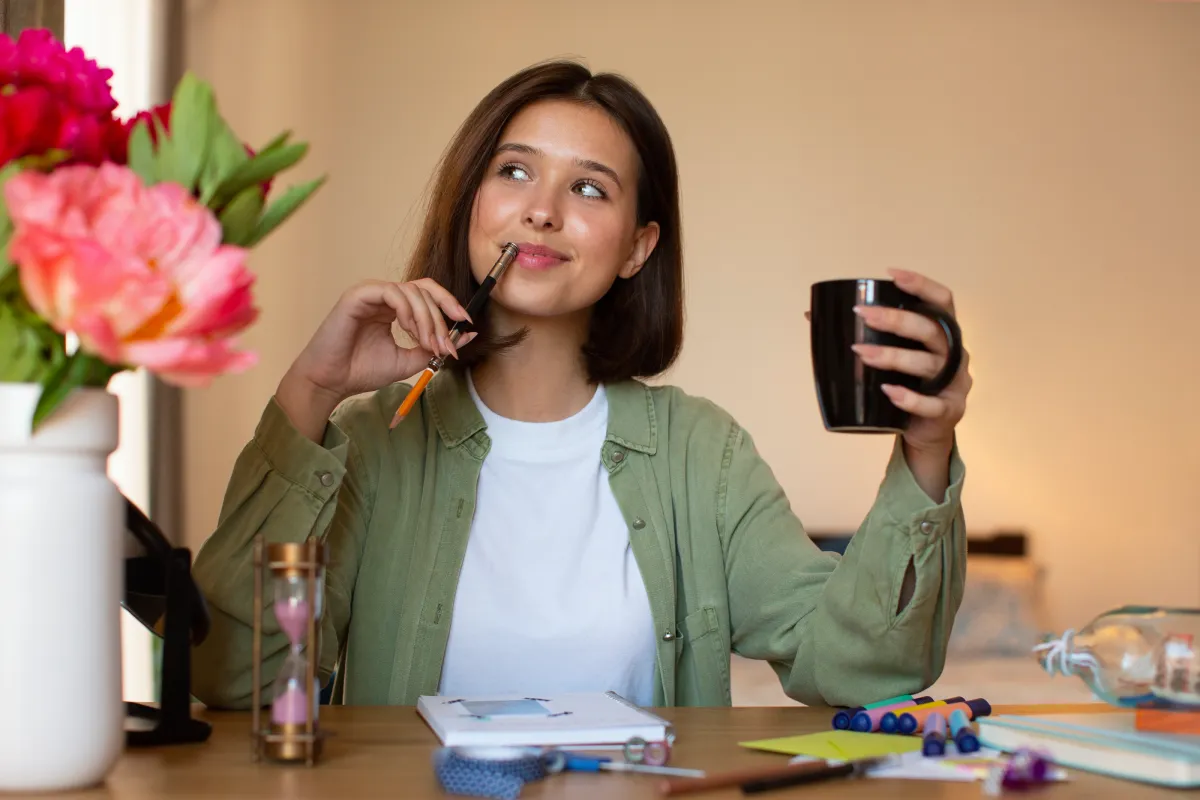Inspiring Lifelong Learning Through Creativity and Curiosity
Education isn’t just about textbooks and tests—it’s about sparking curiosity, encouraging exploration, and helping students develop the skills they need for a dynamic future. Classrooms today are evolving, blending hands-on learning with traditional methods to create spaces where students can grow intellectually and personally. With the right tools and strategies, teachers can transform ordinary lessons into experiences that leave lasting impressions, and partners like Nasco Education help make that possible by offering resources designed to fuel imagination and critical thinking.
The Importance of Active Learning in Today’s Classrooms
Students thrive when they can actively engage with concepts rather than just passively listening. Whether through group collaboration, hands-on experiments, or interactive projects, active learning creates deeper connections to content. This approach not only builds problem-solving and teamwork skills but also helps students retain knowledge for the long term.
Why Experiential Learning Works
When students get to touch, see, and interact with materials, abstract ideas become tangible. Science labs, art studios, and maker spaces give students opportunities to test theories, express creativity, and see how classroom lessons connect to the real world.
Building Confidence Through Practice
Confidence comes when students move beyond theory and begin applying what they’ve learned. Activities that involve role-play, experiments, or design challenges can help students see their skills in action while developing resilience through trial and error.
Tools That Transform Learning Experiences
Classroom resources can make the difference between a standard lesson and an unforgettable one. From manipulatives in math to visual aids in science, students often benefit most when they can interact with the content directly. Schools are increasingly investing in supplies that encourage creativity and experimentation.
Essential Resources for Every Teacher
Some tools have universal value across classrooms, no matter the grade or subject:
- Visual learning aids like posters, charts, and models
- Hands-on kits for science and technology lessons
- Creative art supplies to support expression
- Interactive software and digital platforms for collaboration
Encouraging Creativity Across Disciplines
Creativity isn’t just for art class. Math puzzles, design challenges, and open-ended problem-solving tasks allow students to explore innovative solutions while deepening subject mastery.
Using Everyday Materials to Teach Big Concepts
Sometimes, the most powerful lessons come from simple tools. Recycled materials, basic craft supplies, and household objects can spark engaging STEM challenges or storytelling projects that encourage students to think outside the box.
Building Skills Beyond the Classroom
While academic skills matter, students also need life skills that prepare them for the complexities of adulthood. Schools play a vital role in teaching resilience, collaboration, and communication alongside core subjects.
Collaboration and Teamwork in Education
Group projects can be about more than dividing tasks—they can help students learn negotiation, leadership, and compromise. Teachers can structure collaborative work so each student’s strengths contribute to the final outcome.
Encouraging Critical Thinking
Classrooms that emphasize open-ended questions and inquiry help students learn how to analyze information, consider different perspectives, and make informed decisions. These skills are essential in a rapidly changing world.
Fostering Emotional Intelligence
Understanding emotions—both their own and others’—can help students navigate social and professional settings later in life. Activities that promote empathy and self-awareness, such as reflective journaling or role-playing, build these capabilities naturally.
Supporting Teachers with the Right Resources
Behind every engaged student is a teacher equipped with the tools and training they need to succeed. Educators benefit from not only having access to quality materials but also support in how to use them effectively.
Professional Development for Modern Educators
Workshops and training programs can help teachers learn new instructional strategies, explore educational technology, and adapt to diverse learning needs in their classrooms.
Making Classrooms More Inclusive
Inclusive education benefits everyone. By using differentiated materials and flexible teaching strategies, educators can meet students where they are, ensuring all learners feel supported.
Partnering with Trusted Providers
Schools that work with trusted partners gain access to curated resources that save time and improve lesson quality. Companies like Nasco Education specialize in offering products and tools tailored to meet teachers’ unique needs, making it easier for educators to focus on what matters most—student success.
Tips for Creating a More Engaging Classroom
To help students feel connected and invested in learning, teachers can adopt strategies that go beyond the standard lecture approach:
- Incorporate Movement – Let students stand, move, or use the classroom space for activities.
- Use Peer Teaching – Encourage students to teach each other concepts, boosting confidence and comprehension.
- Connect Lessons to Real Life – Show how concepts apply to current events or career paths.
Ways to Foster Creativity in Every Subject
Even subjects rooted in structure, like math or science, can offer opportunities for creativity:
- Introduce open-ended projects that encourage unique solutions.
- Let students choose how they present their work, such as through art, video, or presentations.
- Use cross-curricular activities, such as blending literature with history or science with art.
Encouraging a Growth Mindset
A growth mindset helps students see learning as a process, not a fixed ability. Teachers can promote this by:
- Celebrating effort as much as achievement
- Offering constructive feedback instead of focusing solely on outcomes
- Modeling resilience when facing challenges
Final Thoughts
Education thrives when students are engaged, creative, and supported by passionate educators. Classrooms that blend active learning, hands-on materials, and inclusive practices give students the tools they need for both academic and personal growth. With resources from trusted partners and strategies that prioritize engagement, schools can create learning environments that inspire a lifelong love of discovery and learning.

Leave a Reply